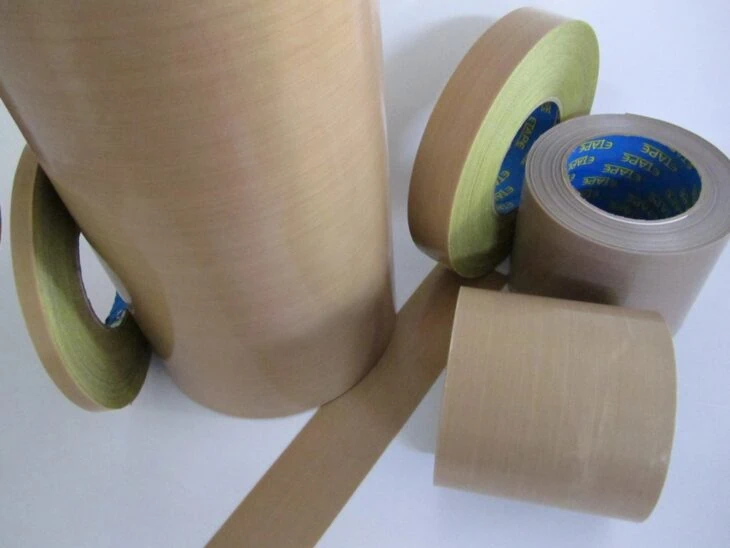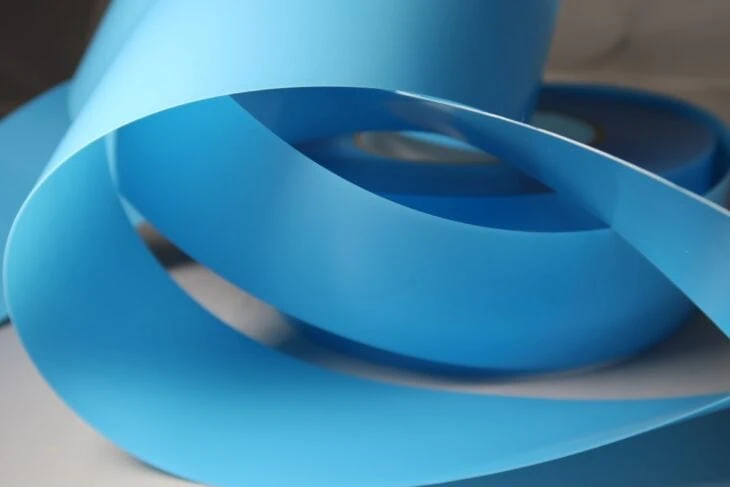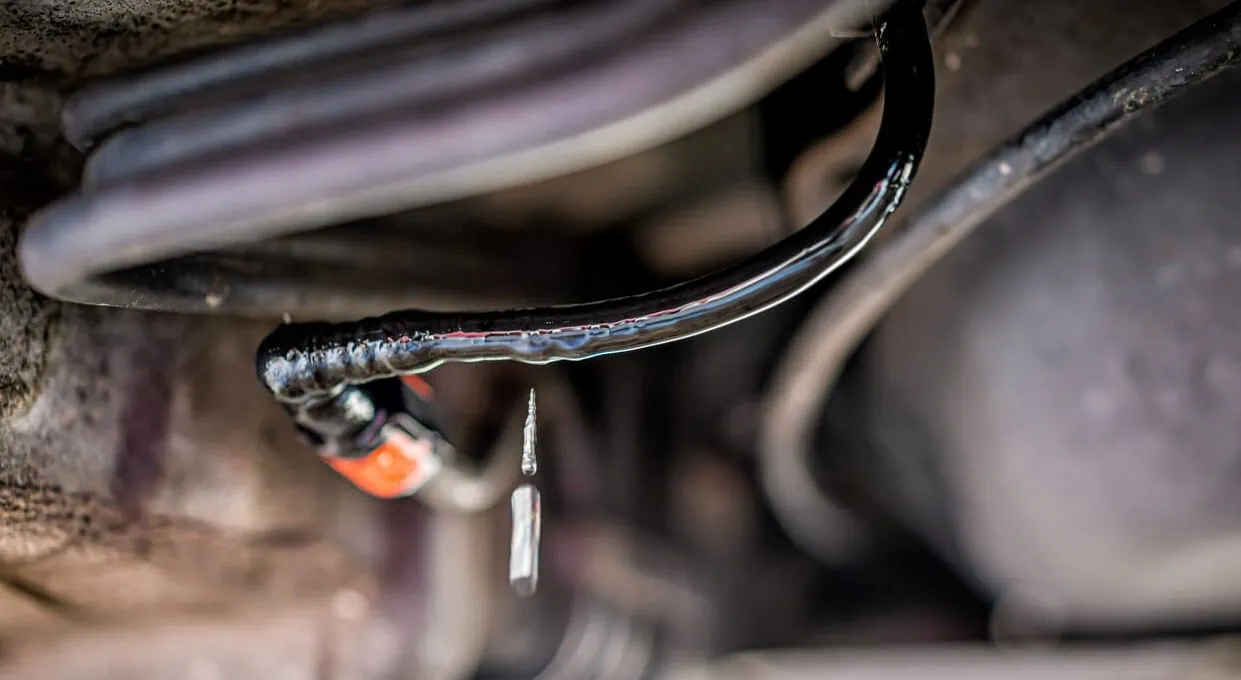Teflon tape is generally used for helping to create a watertight seal between threaded connections. Typically used by plumbers, perhaps it’s not the first thing that crosses your mind when thinking about how to fix your car.
However, Teflon tape is made from a synthetic compound polytetrafluoroethylene (PTFE), a complex word for sure! Read on to find out the best way to temporarily seal your gasoline lines.
Table of Contents
Is Teflon Tape Suitable to Seal Gas Lines?

Before we can consider if Teflon tape is suitable, we need to assess the properties of Teflon tape and see why it might be considered:
- Heat Resistant – Teflon tape can withstand very high temperatures without breaking down.
- Chemical Resistant – Teflon tape will not wilt when exposed to gasoline.
- Waterproof + Durable – Teflon tape can also withstand water and is known to last for a long time without degrading or deteriorating.
Given the above properties, we can see that Teflon Tape is certainly a tough adhesive. Gasoline contains several chemicals that can deteriorate some surfaces, this means it is important to select the right type of adhesive to seal the gasoline line.
It is important to note that Teflon Tape should only be used as a temporary fix for your leaking fuel lines as eventually the tape will lose some of its original durable properties, meaning that your line will just leak again.
Which Teflon Tape to Choose?

When choosing Teflon Tape, it is important to consider the width, thickness, and density. Given that we are sealing a gas line which is a high-pressure application, we need to choose a tape with at least 2-4 mils of thickness.
The width of the tape will depend on how large your gas leak is, typically a gas line would be a fairly small leak so you wouldn’t need more than half an ½ inch. Although you will want to measure this to ensure it’s not too skinny.
Teflon Tape Options:
- Teflon Tape,AIYUNNI, this tape is one of the thickest Teflon tapes available on the market with a thickness of 7 mils. The tape is heat resistant up to 518°F which will be more than enough for our application of gas lines. The width of 1 inch means that it should also adequately cover the source of the leak.
- MISSYOUNG Teflon Tape, this tape is slightly less thick than above but also slightly cheaper. A thinner tape can be slightly easier to apply if the gas leak is in an awkward spot. The silicone adhesive should make this tape stick to the gas lines.
Teflon Tape Alternatives?

There are other tapes made from different synthetic compounds. A common one that you may find is ‘UHMW’ tape. This is made of a high-density polyethylene material.
It is commonly used in industrial applications due to its high abrasion resistance and low coefficient of friction. However, UHMW tape only has slight chemical resistance and is not suited for the high temperatures that you would typically encounter when working with a gasoline line.
You may see listings that advertise ‘PTFE’ tape, this is essentially the same thing as teflon tape. Teflon is a brand name for PTFE material, which is a type of fluoropolymer that is highly resistant to chemicals and high temperatures.
Oxygen tape is specifically designed for use in oxygen systems, where regular thread sealant tape may pose a fire hazard. Oxygen tape is made from materials that are compatible with oxygen and are resistant to combustion. Given we are working with a gas line, this would certainly be a worthy alternative!
The exact composition of oxygen tape may vary depending on the manufacturer, but it is typically made from a combination of PTFE (polytetrafluoroethylene), which is also used in Teflon tape, and other materials such as Viton or EPDM rubber.
Viton is a type of synthetic rubber that is highly resistant to chemicals and extreme temperatures, while EPDM rubber is a type of synthetic rubber that is known for its excellent resistance to water, ozone, and UV light.
This oxygen tape available from Gasoila is specifically designed for use with gasoline line applications.
How to Apply Teflon Tape to Gasoline Lines
When applying Teflon tape to gasoline lines, it’s important to take the proper precautions to ensure a safe and effective seal. Here’s a step-by-step guide to applying Teflon tape to gasoline lines:
- Ensure the gasoline line is clean and free of debris. Use a clean cloth or rag to wipe the threaded connection clean.
- Starting at the end of the threads, wrap the Teflon tape around the threads in a clockwise direction. Apply the tape at a slight angle, so that it overlaps slightly with each successive turn. Use enough tape so that it covers the entire threaded area, but not so much that it will interfere with the proper tightening of the connection.
- Apply moderate pressure with your fingers to compress and mold the tape to the threads. This will help ensure a tight seal.
- Screw the fitting onto the threaded connection, being careful not to cross-thread the connection. Use a wrench to tighten the fitting as needed.
- Inspect the connection for leaks. If there is a leak, tighten the fitting further or reapply the Teflon tape and repeat the process.
It’s important to note that Teflon tape should only be used on the male threads of the connection, and not on the female threads. Applying Teflon tape to the female threads can cause the tape to become dislodged and potentially contaminate the fuel system.
Additionally, it’s important to use only Teflon tape that is specifically designed for use with gasoline or other fuels. Using the wrong type of tape or sealant can lead to leaks, which can be dangerous when dealing with gasoline. The tapes recommended above will all be appropriate for a gasoline leak.
Above all, it should be remembered that applying Teflon tape should only be a temporary fix to a full replacement of the gasoline line.

